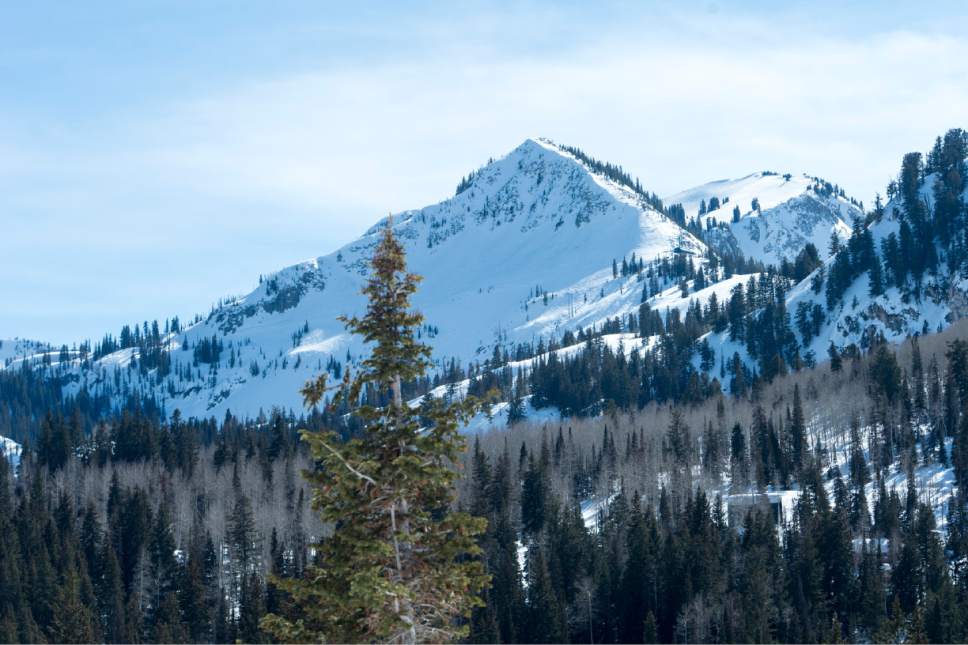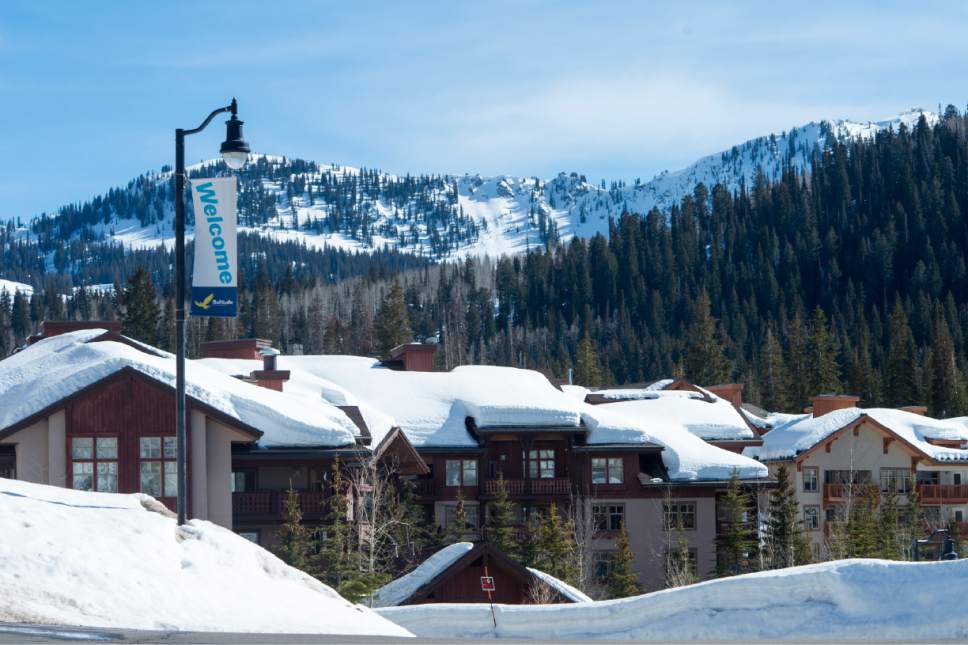This is an archived article that was published on sltrib.com in 2017, and information in the article may be outdated. It is provided only for personal research purposes and may not be reprinted.
Begun when Peter Corroon was mayor, the rewriting of Salt Lake County's ordinance governing construction in the canyons and foothills apparently will wrap up Tuesday.
At its 4 p.m. session, the County Council is expected to give final approval to changes in the Foothills and Canyons Overlay Zone (FCOZ) and a new zone that grew out of the lengthy process — the Mountain Resort Zone (MRZ) for three of the four Cottonwood canyons' ski areas (Alta Ski Area is not included because it is overseen by the town of Alta).
The council gave preliminary approval to the documents March 6, after solving two contentious issues:
• In the FCOZ, how far back should canyon buildings be from a perennial stream?
• In the MRZ, what kinds of outdoor recreation equipment should be allowed in a resort's village as opposed to the recreation district of its mountain, two separately defined areas within the resort zone?
The first issue was challenging because contradictory evidence supported different setback options.
While the county has required a 100-foot setback for all buildings and septic drain fields since FCOZ first was enacted two decades ago, the federal Environmental Protection Agency, state Department of Environmental Quality and the county Health Department mandate 50-foot buffers between those structures and streams.
In addition, two county planning commissions that spent hundreds of hours poring over the ordinances line by line reached different conclusions on how best to proceed.
The Mountainous Planning Commission, which will handle future land-use applications in which the ordinances come into play, wanted to keep things the way they've been — a 100-foot setback and two layers of waivers a property owner can seek.
But the county Planning Commission, which used to oversee land-use applications in the canyons, favored a 50-foot setback for buildings and the end of most waivers, allowing only those jointly approved by the county Health Department and Salt Lake City water officials.
Another concern: Eliminating waivers could expose the county to legal liability, providing grounds for property owners to argue their land's value was diminished because government took away a right the landowner had before.
But Mayor Ben McAdams, who favored the 100-foot setback with no waivers, countered that the county could be sued from numerous perspectives and that its purpose should be the establishment of good standards for canyon development rather than finding the least risky legal position.
Democratic Councilman Arlyn Bradshaw took up McAdams' position but lost on a 5-4 vote along party lines. When Republican Councilman Richard Snelgrove pushed for a 50-foot building setback and no administrative waivers, his motion also fell a vote short as Chairman Steve DeBry, a Republican, joined the Democrats.
That left the council to keep the status quo — a 100-foot setback and waiver possibilities — which passed 8-1.
The council then decided on a split vote that mountain-bike terrain parks would be inappropriate in either of the MRZ's two districts: the base village and the recreation area higher on the hillside.
Recreation equipment that would be allowed in both districts include swing sets, slides, jungle gyms, sandboxes, picnic tables and volleyball nets. Permitted in base villages but not in the mountainside recreation district would be baseball backstops, basketball hoops, tennis courts and soccer goals.
The GOP-led council also rejected, in a 5-4 party-line vote, a proposal by Democrat Jenny Wilson that would have barred resorts from installing zip lines longer than 3,000 feet. That would have blocked a recent Snowbird application — since withdrawn — to build a zigzagging zip line from the top of Hidden Peak to the resort base.
The revised FCOZ ordinance also would:
• Recognize that Salt Lake City has extraterritorial jurisdiction to protect canyon watersheds.
• Maintain a 42-inch limit on fence heights between canyon residences and the road.
• Require new clustered development to preserve views.
• Mandate a forestry study if an application for a new or expanded ski run includes significant tree removal.
• Specify that replacement trees be 6 inches in diameter, not 4 inches.







